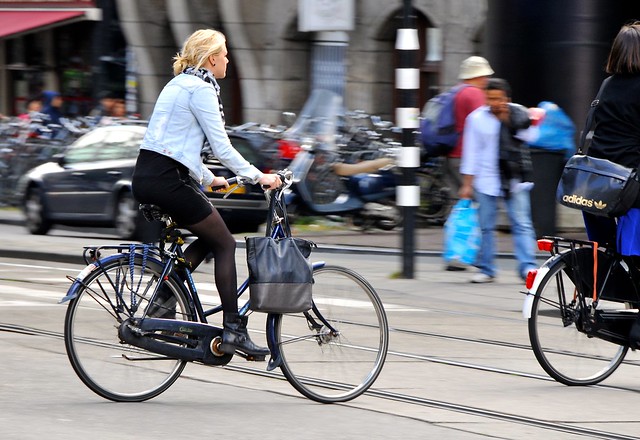The circumstances of urban sprawl in the Middle Eastern cities have been basically examined; now we are aware of the existence of a crawling sprawl in the growth pattern of the region’s cities. Nevertheless, the extent and the causes of this phenomenon have not yet been clearly explained. Thus, two questions are still unanswered: (1) to what extent are the Middle Eastern cities sprawled?, (2) what are the main drivers of sprawl in the Middle East? This paper brings together several evidences from international and the national languages to provide explanation to the above. The findings show that urban and suburban sprawl is an inclusive pattern seen in a wide variety of city sizes, planning concepts, times, etc. Sprawl is not limited to large metropolitan areas; mid-sized and small cities of the region are also sprawling. Furthermore, administrative and planning reasons are the strongest causes of urban sprawl in the region.
More about urban planning in the Middle East:



